There are so many sights of inimitable beauty and charm to be discovered when you are travelling around Bulgaria, places with an energy that seems magnetic and some will stay with you forever. One such place is the portion of the Balkan Range in the region of Teteven and its numerous landmarks. One of them is Ostrich peak and the small chapel on top of it – Protection of the Mother of God – covering an area of 30 square meters.
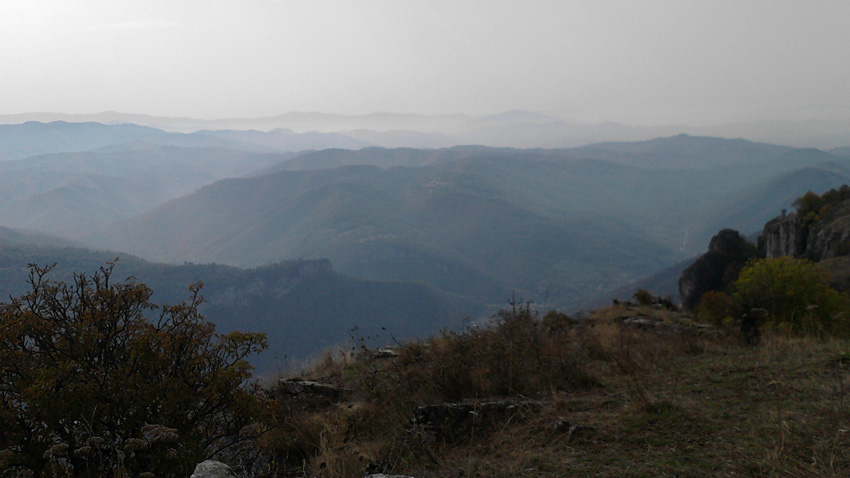
From Teteven a serpentine road twists gently up to the village perched on the sun-drenched slopes of the Balkan Range. With every turn, the mountain looms larger and larger, and the landscapes opening up grow more and more bewitching. The road cuts across vast meadows with freshly cut grass, carefully arranged in haystacks. Gradually, the meadows give way to small vegetable gardens.
Babintsi is just a small village. Its people are warm and friendly. As mayor Sergey Manev says: “What it comes down to is culture and good manners.” He says that one of the reasons is that there are no people in the village without an education. The population is predominantly young, the livelihood – farming and animal husbandry.
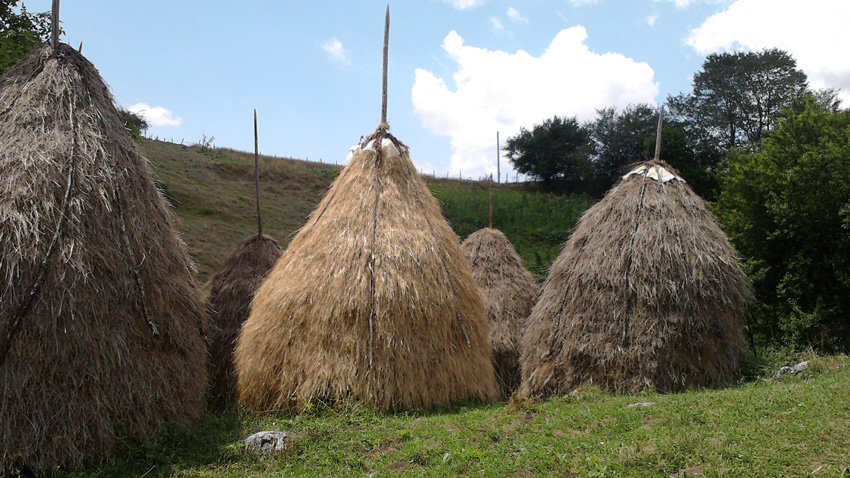
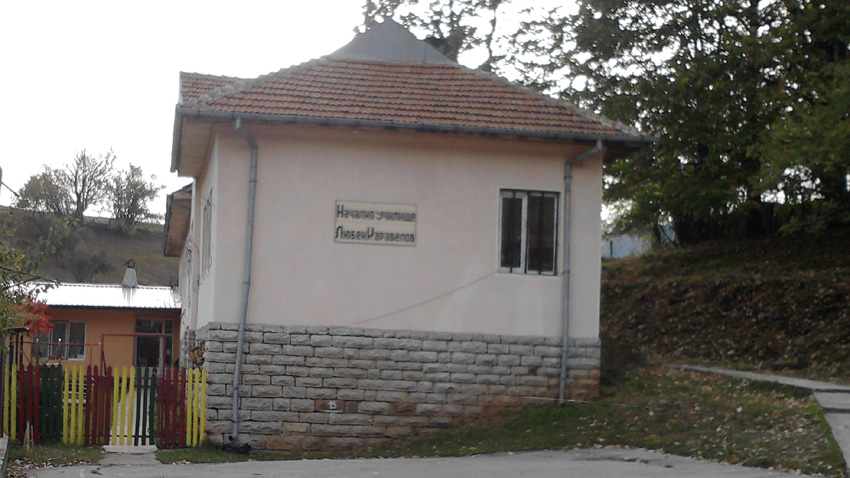 One of the village landmarks is the primary school building - painted dazzling white with a well-tended garden in its yard. The locals say there are schoolchildren here to keep it open, though nobody knows for how long.
One of the village landmarks is the primary school building - painted dazzling white with a well-tended garden in its yard. The locals say there are schoolchildren here to keep it open, though nobody knows for how long.
“Many tourists say they are impressed by the school building – it has been preserved as it was originally built in 1949,” says mayor Manev. “A new building has been added – the kindergarten. The credit for keeping the building spick-and-span goes entirely to the staff. The maintenance is funded by donations, the municipal budget and the locals themselves. There are 11 children at the school now, but next year there will be more, because we have around 20 children at the kindergarten. We are thankful to be one of few villages with a school and a kindergarten.”
The road to the mountain peak and the chapel starts from the school building. A small sign “To the chapel” points tourists in the right direction. A goat trail leads up to the ridge, traversing expansive meadows which, in summer, are aflame with fragrant flowers and herbs. Little by little, the eye distinguishes the shimmering green-blue outlines of the Balkan Range peaks on the horizon. The mighty mountain is all around, as far as the eye can see.
How did the idea of putting up this cone-shaped chapel on Ostrich peak (1,069 m.) come up? Mayor Manev:
“Votive offerings have been made on the peak since time immemorial. When I was a little boy I would watch the grannies from Teteven carry stones up from the river Vit on their backs to fill up the crater for fear the peak might erupt. According to legend it is a volcano gone extinct. The idea to build a chapel there belongs to one of the locals - Assen Urmanov. When he was a little boy he broke an icon and vowed to rectify his mistake.”
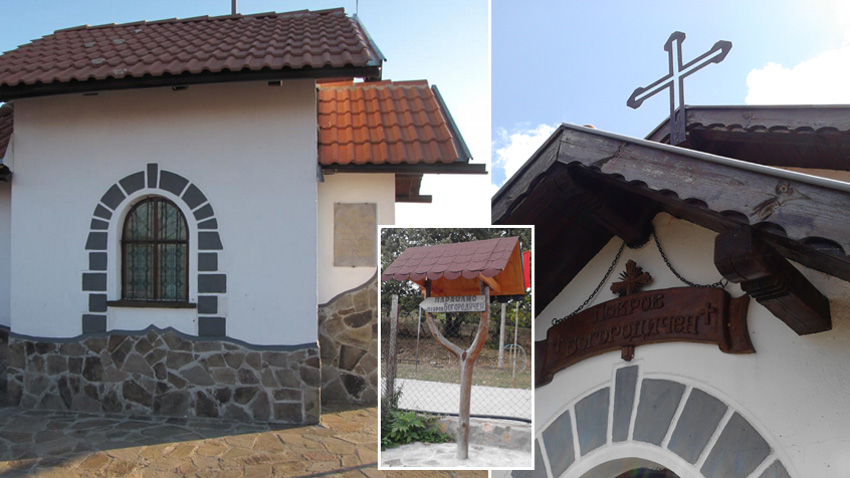
“The money for the chapel was put up by Assen Urmanov himself,” mayor Manev goes on to say. “In 2006 he got together a group of builders from the village. It is difficult terrain, so building it took a lot of hard work. Nonetheless, within three months the chapel was ready. The icons were painted by Atanas Danailov from a neighbouring village – Gradeshnitsa, a good artist who donated his work.”
The area around is steeped in history. Sergey Manev:
“There is a record of the village’s existence in 14th century Turkish registers when it went by the name of Babovyane. Then, legends appeared that the name Babintsi (from the word baba, granny) comes from the fact that there was a time when the population of the village was mostly old women, but that is not true. There is a peak near here called Treskavets, where there once was a Roman fortress; a host of artifacts found there show that this is so. Today they are on display at the museum in the town of Teteven.”
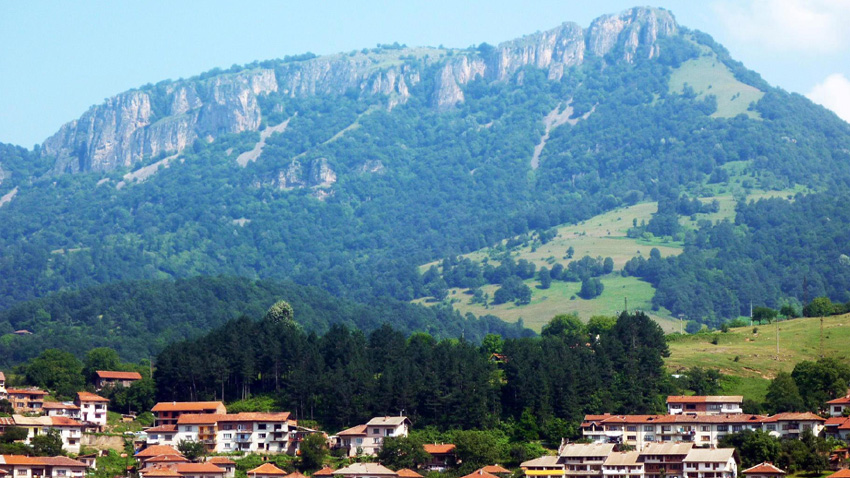
Treskavets peak is a cosmos of legends, beliefs, archaeological finds, facts and conjecture.When there is a storm it attracts lightning and the thunder resounds far and wide. Hence the name of the peak – the name Treskavets comes from the Bulgarian word for thunderclap. The pathway leading up to it is lined with half-burnt tree-trunks. The peak itself is difficult of access, with sheer cliffs towering on all sides. That is probably the reason why the Romans chose to build their fortress there. Or perhaps – because of the peak’s breathtaking beauty and its all-pervading mystic aura.
English version: Milena Daynova
Photos: Svetlana DimitrovaThe village of Momchilovtsi, the Rhodopes, Pamporovo and the Smolyan region were present with a pavilion at a tourism exhibition this autumn in Ningbo, China. Speaking to BTA, Momchil Karaivanov, a representative of the Bulgarian-Chinese Society..
Cultural tourism accounts for nearly 20 % of the country’s tourism product, according to data from a survey by the Ministry of Tourism. While Bulgaria's image was previously associated mainly with maritime tourism, which made up 70% of the tourism..
For the second year, a series of bilateral business meetings in a “roadshow” took place in Germany, 11-14 November, between German and Bulgarian representatives of the tourist industry for promoting Bulgaria, the Bulgarian embassy in Berlin has..
A country at the centre of ancient civilisations, whose historic sites sit amongst world-ranked Black Sea coastlines and snow-capped World Cup ski..
Bulgaria is presenting its own stand at the autumn international tourism fair in Bucharest, which is taking place from 21 to 24 November . Visitors to..

+359 2 9336 661
